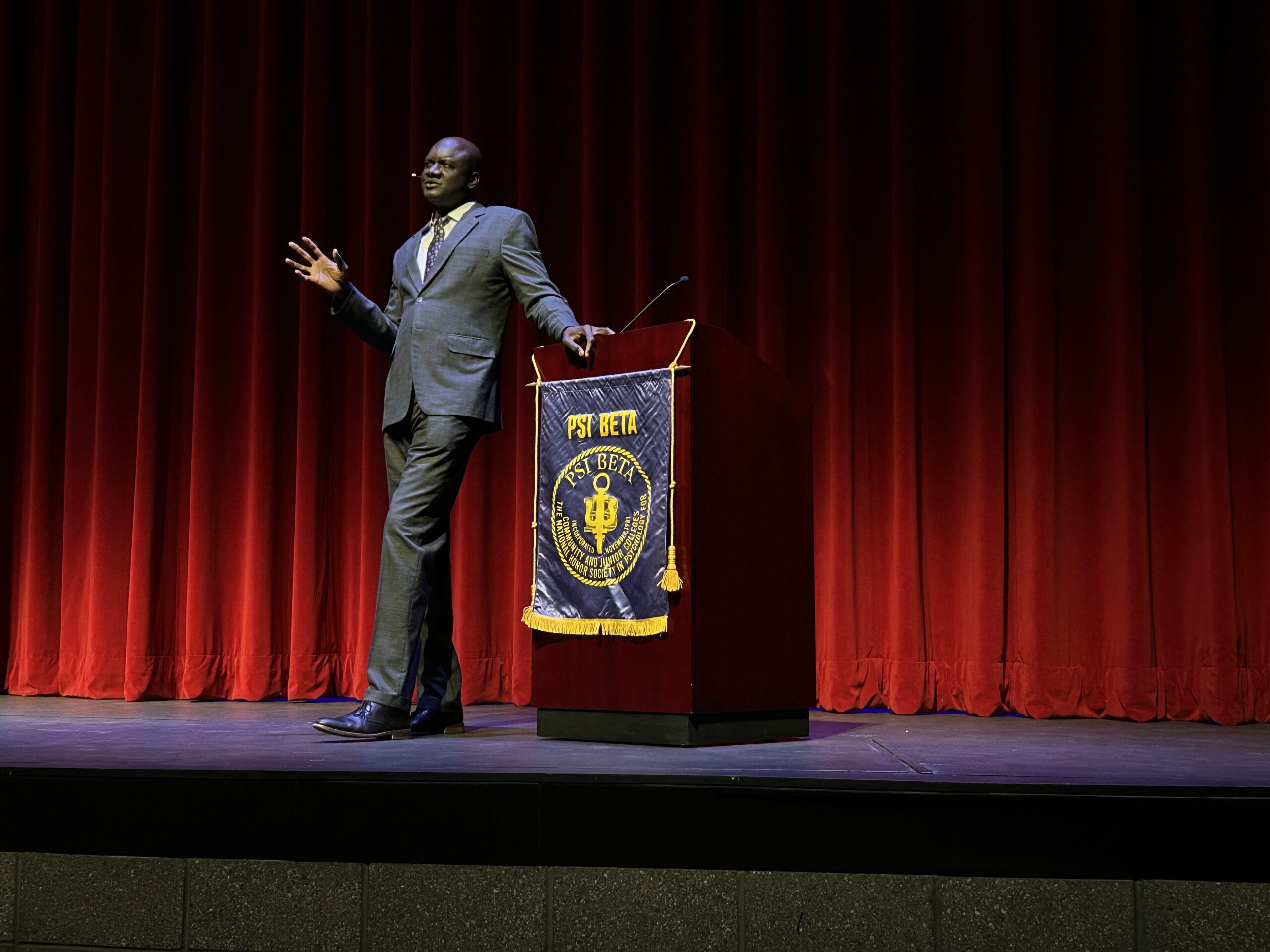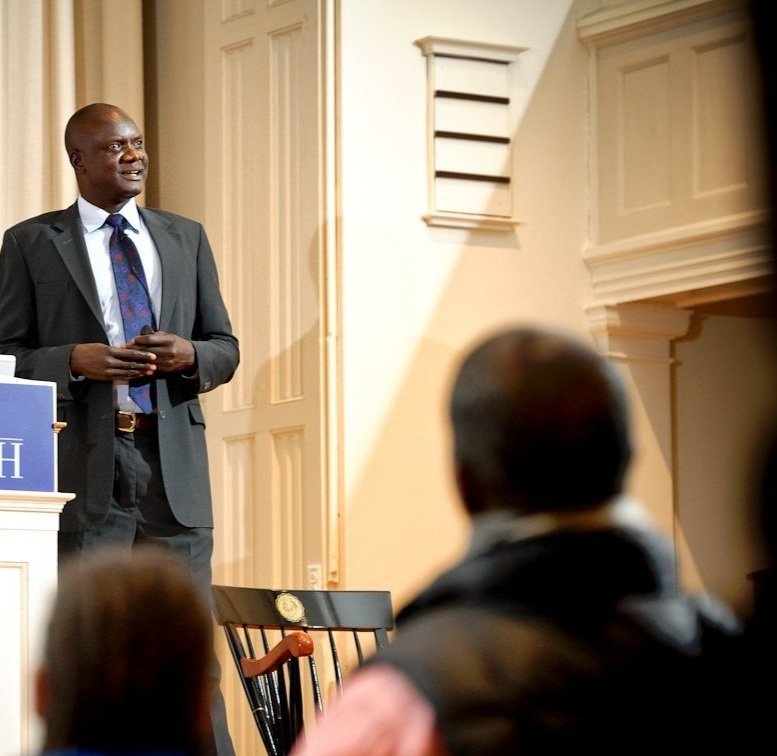Real unemployment questions recovery
Ryan J. Garner
Election is nigh, and the future of the job market is still in question.
With an unemployment rate of 7.8 percent, according to the Bureau of Labor Statistics (BLS), it is important to understand exactly what goes into calculating the national unemployment level. And also, what figures are not being calculated.
While it is true that unemployment peaked in late 2009 at an even 10 percent and has been on a steady decline for the last two and a half years, national economists are cautioning against such premature optimism.
Callie Sahl, a general studies student, takes eight credit hours at MCC, and works 30 hours per week part-time for her employer, but says that she would take more hours if they were offered.
“I don’t consider myself unemployed,” said Sahl, though she acknowledged that the current definition of unemployment would fail to report her true status, underemployed.
“If someone isn’t looking for work, then of course they’re still going to be unemployed.”
The same goes for part-time workers who have a job, but want more hours.
The Bureau of Labor Statistics also uses a term called the “discouraged worker” to describe the largest of the unaccounted subgroups in the official reports.
Discouraged workers, according to the BLS, are; “persons not currently looking for work because they believe no jobs are available for them.”
Chelsea Richeson, a general studies student called the current reporting system is “a bit deceitful.”
“If unemployment is going down, that’s uplifting,” Richeson said. “But it makes it sound better than the actual reality of it.”
In a more specific look at employment status based on educational attainment, the BLS reported that the unemployment rate dropped from 6.6 percent for those with “some college or associate degree” down to 4.1 percent for those with a “bachelor’s degree and higher.”
Good news for recent graduates entering the workforce.
However, for the student entering the workforce, a fluctuating unemployment figure and the possibility of being hired on as part-time acts as a deterrent for looking.
Jessie Sponagle, a German major, said, “I’m not going to apply to a job that gives me five hours a week when I need 40. I might as well be called unemployed still.”
“Part of the cutbacks is on employees’ hours,” said Sponagle. “Why should I hire these people full-time, when I could just hire them for 20 hours per week and have them work double.”









